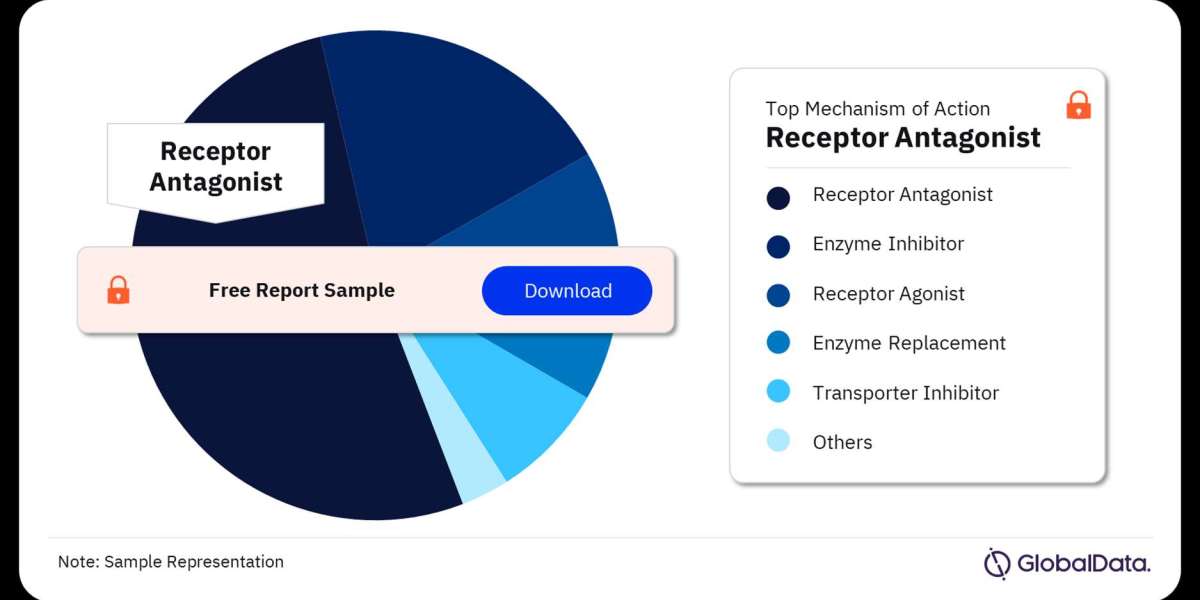Modern conference rooms rely heavily on audio visual (AV) technology to enable effective communication and collaboration. However, with the variety of devices, displays, and sources that get brought into conference rooms, it can quickly become overwhelming trying to connect and troubleshoot all the different cables and connectors involved. In this blog post, we will break down the most common conference room AV cables and connectors, what they are used for, and how to identify and troubleshoot potential issues. By better understanding the cables powering your conferencing solutions, you can save time and hassle when setting up or troubleshooting meetings.
HDMI Cables
The HDMI (High-Definition Multimedia Interface) cable is perhaps the most ubiquitous cable for connecting devices in conference rooms. HDMI cables are used to transmit high definition video and audio between devices such as:
Laptops and AV receivers/switches to show presentation content on screens
Blu-ray/DVD players and projectors/displays
Document cameras and monitors
HDMI cables come in various lengths depending on how far apart the sending and receiving devices are located. Make sure to use cables specifically rated for the resolution and frame rate of your devices - higher resolution signals may require cables certified for greater bandwidth.
The most common HDMI connector type is Type A on one or both ends. Look for the wide, flat connector when matching cables to ports. Be careful not to force the connector - check for any twists or orientation markings to avoid damaging the cable or port.
audio/video Issues like no video/black screen, blank or scrambled video/audio are usually fixed by trying a different HDMI cable, changing inputs, or rebooting the problem device. HDMI connectors can wear out over time so replace cables showing signs of damage.
VGA Cables
While older than HDMI, many conference rooms still use VGA (Video Graphics Array) cables for connecting devices like desktop computers and projectors that don't have native HDMI ports. VGA cables transmit analog video and audio signals.
VGA cables have a large blue connector on each end. Be sure the connectors click securely into place and the retaining screws are tightened fully. Loose VGA connections can cause flickering, scrambled pictures or no video at all.
Try reseating the connectors or swapping cables if you experience issues. VGA cables are more susceptible to interference than HDMI so use high quality cables branded for long runs if connecting over long distances.
Audio Connectors
In addition to video cables, conference rooms rely on audio cables to transmit spoken content clearly. Here are some common audio connection types:
1/8" mini phone connectors - Found on mobile devices, some laptops and speakers for stereo audio. Be careful not to bend the fragile plug.
1/4" TS phone connectors - The workhorse audio connector, used on mixers, powered speakers and some advanced laptops/tablets for balanced mono or stereo signals.
RCA/phono connectors - Used with AV receivers, DVD players and older equipment for unbalanced stereo audio via red and white plugs. Keep plugs clean for a secure connection.
XLR connectors - The standard for balanced pro audio, used on microphones, mixing boards and powered speakers. Twist collar to lock, avoid pulling on cable.
If audio seems weak, crackly or one-sided, check cable connections are fully seated and restart equipment. Replace damaged audio cables showing pins or casing issues.
Networking Cables
In addition to AV needs, conference rooms require reliable network infrastructure for video conferencing, wireless presentation and device connectivity. Cat5e or higher Ethernet cables in various lengths are used for wired network connectivity of devices like phones, wireless access points and video conferencing codecs.
Ethernet cables have an 8-wire modular connector on each end, commonly RJ-45. Match the wire order and make sure no wires are bent during termination. Test cables with a network cable tester if unreliable network connections are experienced. Cat5e or above rated cables are also recommended for greater bandwidth and future-proofing.
Troubleshooting and Documentation
With any cabling issues, the systematic process of elimination is key to resolution. Start by checking cable connections are fully seated, try known good alternatives when available, and reboot problem equipment.
Keep records of cabling configurations, device IP addresses and versions to reference in troubleshooting. Replace or repair any damaged cables immediately. For tough problems, bring in an expert to fault-find or certify cable runs with specialized testers.
Cabling and connectivity are often overlooked yet form the lifeblood of AV systems. Stay organized with clear labeling, port maps and revision control. By understanding conference room cable types and basics troubleshooting, you can minimize disruptions and deliver reliable collaboration.
Conclusion
Navigating the variety of cables powering collaborative workspaces can seem daunting at first. However, familiarizing yourself with common cable types like HDMI, VGA, audio and networking allows for efficient system setup and smoother troubleshooting when connectivity issues inevitably occur. Documentation, methodical testing processes and proactive cable maintenance are key to reliable conferencing experiences. With some cable knowledge under your belt, you'll be well equipped to tackle any AV challenges and maximize meeting productivity every time.
Read Related:- https://avtechnologysworld.tumblr.com/post/740194858735648769/common-mistakes-to-avoid-in-conference-room-av








